Functional Stretch TherapyWould you like to learn how you can start offering stretch therapy as a one to one service to client to improve athletic performance(athletes), or a patient, to help decrease/ manage body pain, & improve their mobility/ flexibility? Well you're in luck because contrary to our belief on self stretching to improve flexibility, that is does not not increase your range of motion due to the nervous system. The stretch therapy course will expose the therapist on science of the nervous system, & how it can aid with better function through accurate muscle activation(improved strength) which would improve blood flow, range of motion(movement), mobility in joints, & ultimately help your clients experience a change in their overall quality of their life/ health. What Is a Functional Stretch Therapist?A stretch therapist is someone who helps people who are experiencing pain, those seeking to improve recovery, range of motion(function), & even those who are recovering from injuries. The training workshop to become stretch therapists takes about 5 days on average such as the fascial stretch therapy(FST) by Chris Frederick, active isolated stretch Aaron mattes. There is a range of versions on stretch therapy & this results from the various program, trainers & teachers. To become a fully trained functional stretch therapist takes at least 7 weeks of both theory & clinical hands-on training, there are ample time & plenty of opportunity to practise on real clients(not students). As stretch therapist, you will practice applying various stretch technique/ methods accurately to target either muscles, tendon, ligaments, or the whole fascia line, & how different positions during the session changes the soft tissue direction, or how it may affect different nerve endings. What are the 4 main techniques of stretching therapy used in the(fst) program?Functional stretch therapists(fst) are trained in an electric approach to manage precise stretch on the human body, based on your current flexibility, mobility, pain, injuries, & overall connective tissues. This will bring you to a variety of stretch techniques which mostly targets the central nervous system, which includes:
Stretch therapy(fst) is the most complete certification course that equips you with more than just stretching methods, rather a more holistic approach to body movement, nervous system to regain balance, both physically, & mentally. What are the 4 types of stretches?Different types of stretching targets different connective tissue, fascia, altogether & knowing which to use to improve range of motion, have better hydration of your connective tissue, recovery from training, or injuries, & so on. Integration of various stretch should be used when trying to improve flexibility in muscles, mobility in the joints, & the whole of the connective tissue system. These are the 4 types of stretching that you would need to know of: 1. Dynamic stretching Dynamic stretching is usually used prior to a workout such as strength training, best practised by athletes to help improve function or movement specific to the sport 2. Ballistic stretching Ballistic stretching is used cautiously during rest time in between training sets 3. Active stretching Active stretching is more known as self stretching, & can be used more effectively when trying to get the agonist(opposing muscles to contract helping with increased flexibility, improve strength 4. Passive stretching Passive stretching is used usually by anyone else that helps move you into one or more position without you doing anything. It can be done almost anytime, but passive stretching done Is stretching/ stretch therapy(fst) good for mental health?Each connective tissue system that makes us whole, have been linked directly to mental health conditions. Various lifestyle has certain demands of movement patterns, which can decrease joint capsule mobility, affects movements, & may even cause experience pain. For example, your back pain may be caused by your stress level, & have changed the way you stand, walk & even do sports. Every session with a stretch therapist is to bring the nervous system of a client, from the level of fight or flight, to the level of rest & digest before even trying to improve any form of flexibility, improve fascia's elasticity, muscles & The course will teach you how to work through some breathing which How to become a stretch therapist?If you are ready to offer stretch therapy as a service, to help improve client's quality of life/ health, learn most current science on fascia, learn self stretching advise for home work(helps to compliment the stretch therapy sessions) For more information on the course, or how you can experience a fst session before committing, click on the link to find out more details on how you can get work on the body & become a stretch therapist today below. #stretching #movement #life FST #fascial #stretch #therapy #fascia #fstcourse |
Archives
March 2024
Categories
All
|
Services |
Company |
|
|
Integrated Training Institute
|
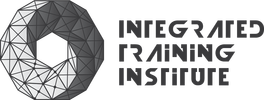
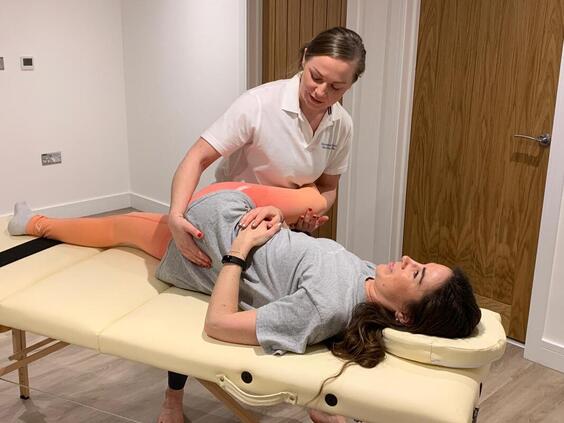
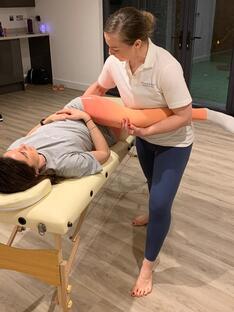
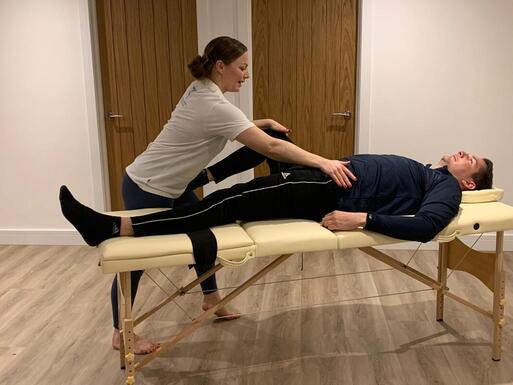
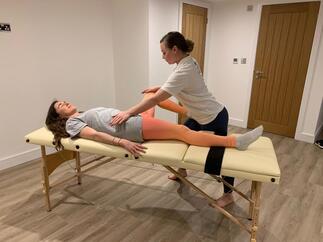
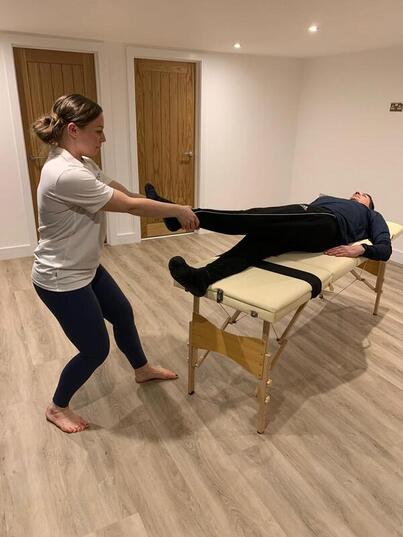
 RSS Feed
RSS Feed